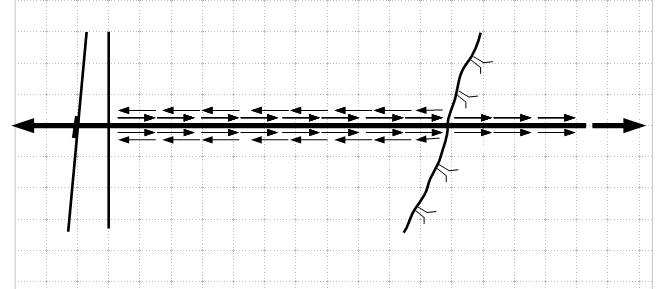Hello. As you might know, some companies grout between the tendon and the soil in the failure wedge, and some government agencies require such grouting, the unbonded lentgth of the tendon being zero. Then, when these anchors are tested, some of the measured anchor capacity is from the soil within the failure wedge.
Since the tiebacks in service at any time are near the interim bottom of excavation and since they are drilled at a downward angle, most of the length (if not the entire length) are outside the active wedge.
In this case it is not only possible but advantageous to install the anchors without any free length. At worst, the tiebacks near the interim bottom of excavation only need a very short unbonded length.
However, I'm still intrigued with design issues and the fact that this practice has been succesful with others all over the years and within our own practice, when we've decided to go this way.
Any experiences to kindly share?
Since the tiebacks in service at any time are near the interim bottom of excavation and since they are drilled at a downward angle, most of the length (if not the entire length) are outside the active wedge.
In this case it is not only possible but advantageous to install the anchors without any free length. At worst, the tiebacks near the interim bottom of excavation only need a very short unbonded length.
However, I'm still intrigued with design issues and the fact that this practice has been succesful with others all over the years and within our own practice, when we've decided to go this way.
Any experiences to kindly share?

